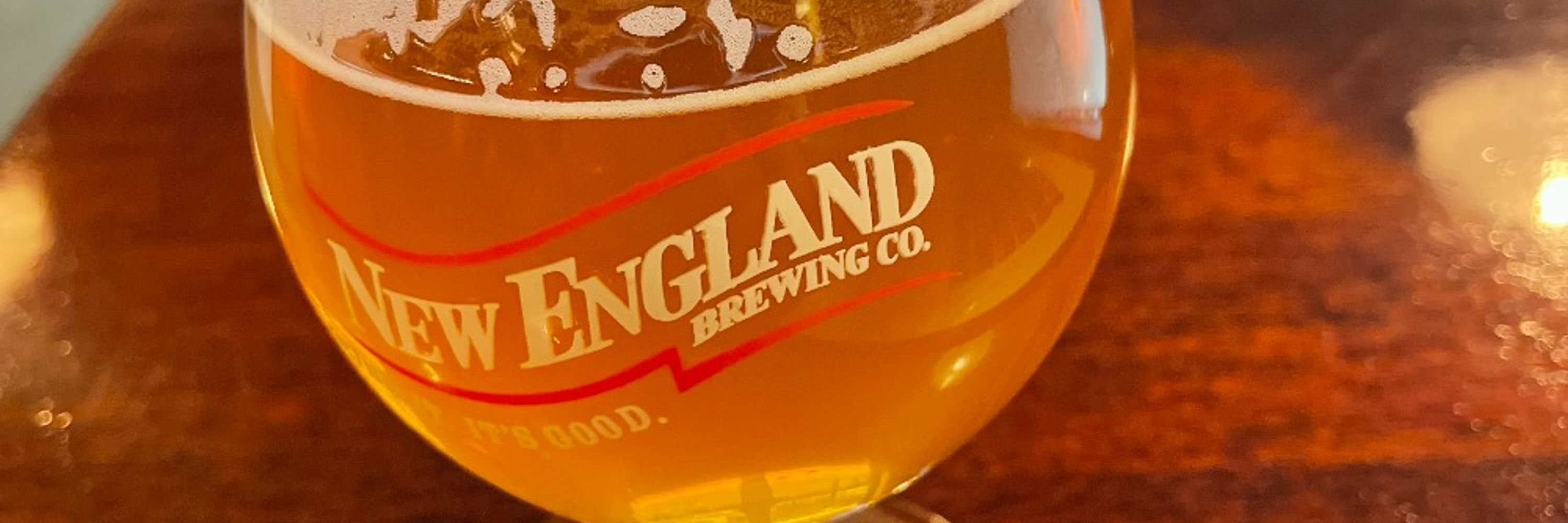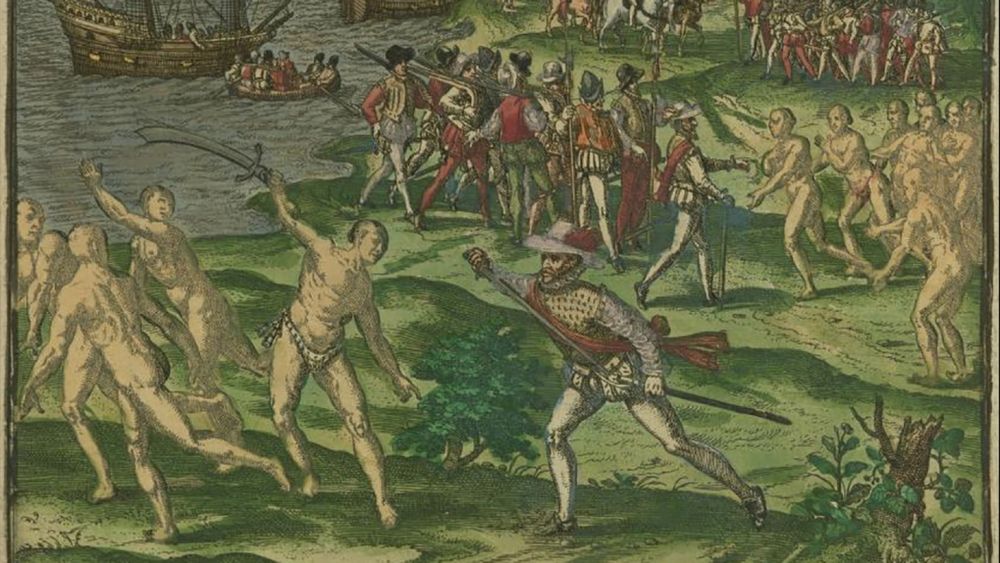

The updated NFC playoff picture!


cooking.nytimes.com/recipes/1027...

cooking.nytimes.com/recipes/1027...
SCOTUS ALWAYS HAS BEEN TERRIBLE!

SCOTUS ALWAYS HAS BEEN TERRIBLE!
thenewpress.org/books/organi...
thenewpress.org/books/organi...

"Let's kill someone so I can see a bit better in my oversized SUV"
Now that should be America's official slogan.
"Let's kill someone so I can see a bit better in my oversized SUV"
Now that should be America's official slogan.



screenrant.com/guillermo-de...

screenrant.com/guillermo-de...



Read the Bible you fake ass Christians
www.nytimes.com/2025/11/14/u...

Read the Bible you fake ass Christians
www.nytimes.com/2025/11/14/u...
www.washingtonpost.com/opinions/202...



